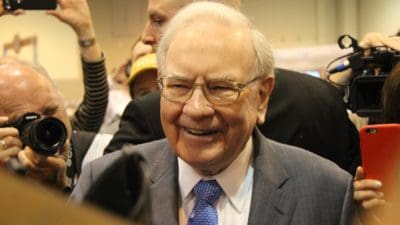For most shares in the FTSE 100, 2013 was a good year and investors have likely enjoyed capital gains and rising dividend income.
That makes me nervous about investing for 2014 and beyond, and I’m going to work hard to adhere to the first tenet of money management: preserve capital.
To help me avoid losses whilst pursuing gains, I’m examining companies from three important angles:
- Prospects;
- Risks;
- Valuation.
Today, I’m looking at consumer goods company Unilever (LSE: ULVR) (NYSE: UL.US).
Track record
With the shares at 2,391p, Unilever’s market cap. is £31,326 million.
This table summarises the firm’s recent financial record:
| Year to December | 2008 | 2009 | 2010 | 2011 | 2012 |
|---|---|---|---|---|---|
| Revenue (€m) | 40,523 | 39,823 | 44,262 | 46,467 | 51,324 |
| Net cash from operations (€m) | 3,871 | 5,774 | 5,490 | 5,452 | 6,836 |
| Adjusted earnings per share (cents) | 143 | 121 | 140.66 | 145.83 | 161.08 |
| Dividend per share (cents) | 77 | 41.06 | 81.9 | 93.14 | 97.22 |
1) Prospects
Last autumn, Unilever’s directors emphasised how the firm is driving growth in emerging markets and how it expects that opportunity to continue in 2014 and beyond. Meanwhile, market conditions in the mature markets of North America and Europe continue to drag.
The firm expects to report a sequential quarterly improvement in underlying sales growth for the final quarter of last year, along with improvements in operating margin and cash flow. We will be able to judge the outcome when the full-year results are released around 21 January.
The third-quarter results showed that Unilever’s brand-fuelled revenues grew 4.4%, which included an 8.8% advance in emerging markets. In 2012, around 55% of turnover came from fast-growing emerging markets, so progress there is significant and propelled, the directors reckon, by the company’s strong innovation pipeline. That means Unilever is busy researching, developing, marketing and acquiring new brands with repeat-purchase credentials to stand on the store shelves alongside the firm’s existing household names such as Lipton, Wall’s, Knorr, Hellman’s, Omo, Ben & Jerry’s, Pond’s, Lux, Cif, Sunsilk, Sunlight, Flora, Bertolli, Domestos, Comfort, Radox, Surf ….
Just listing some of those popular brands provides investors with a great feel for the business in my view. When brands click, consumers tend to remain loyal and repeat-buy the product regularly. If the firm manages the resulting revenue well, profit and free-cash flow leaves the firm well placed to reward investors, leading to the tantalising prospect of both growth and a steady income for Unilever shareholders.
2) Risks
Unilever carries under-control-looking net debt running at around 1.8 times the level of operating profit. Cash flow is robust, supported by the strength of the firm’s brands. There is some risk that fluctuating commodity prices could cause input prices to squeeze profits and cash flow, but robust brands often have the strength of customer demand that allows the company to raise output prices before too much financial damage occurs.
Perhaps the firm’s current valuation presents the largest risk to investors: if earnings growth tapers, it would be natural for the P/E rating to compress from its current level.
3) Valuation
The forward P/E ratio is running at just over 16, with city analysts following the firm predicting earnings growth of about 9% in 2015. Meanwhile, the forward dividend yield comes in at 4.2% and consensus forward earnings cover that dividend around 1.5 times.
What now?
Unilever’s valuation looks full to me, but perhaps there is good reason for a high valuation: the firm’s strong brands drive a business that has developed robust financial characteristics, chief among which is the powerful cash flow.







